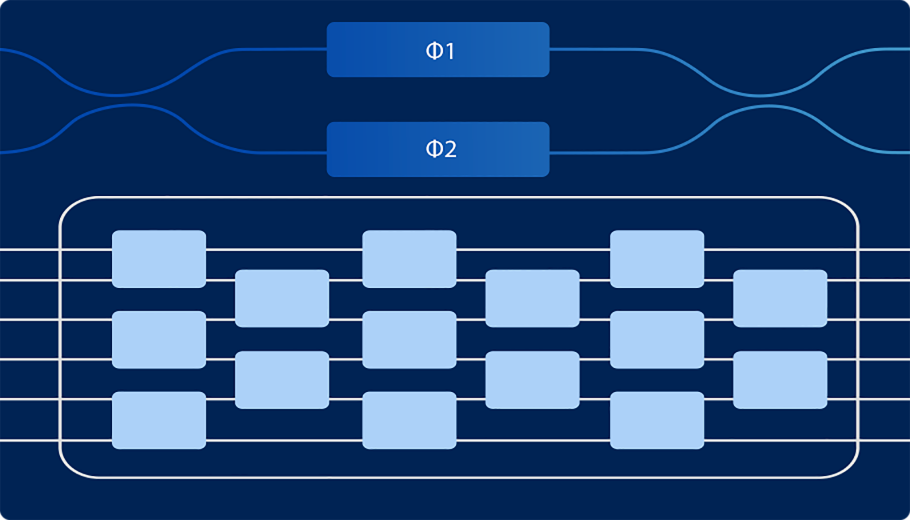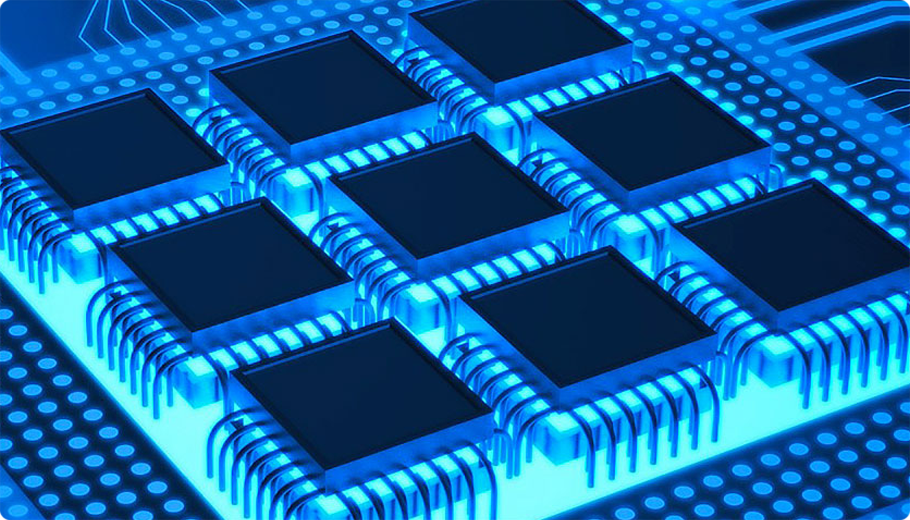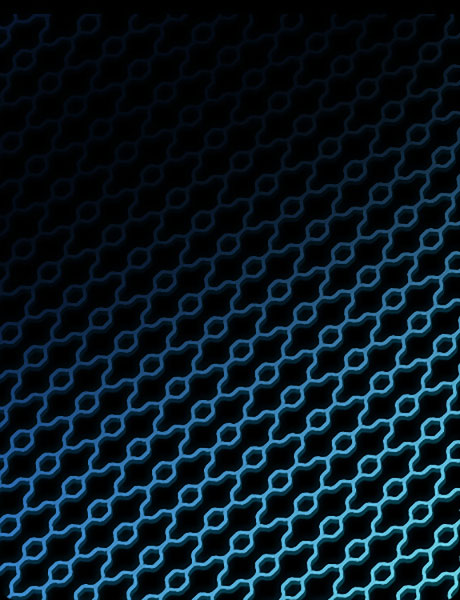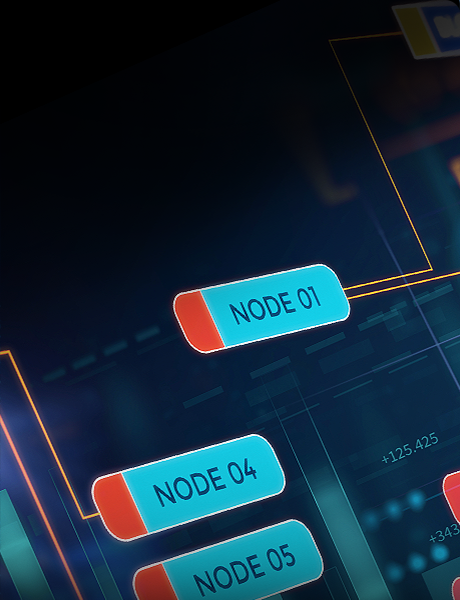Technology
The New Photonic Computing Paradigm

oMAC
Optical Multiply Accumulate
Based on a silicon photonics platform compatible with CMOS processes, optical-electrical co-design, and advanced packaging solutions
Novel design using high speed, configurable, compact modulators
Unique computing architecture: coherent and incoherent architectures
Hardware-algorithm co-optimization
oNOC
Optical Network on Chip
Data is transmitted in the optical chip network
Accelerates data transmission within a single electronic chip (EIC)
Accelerates data communication between multiple electronic chips (EIC) within a single package unit
Energy efficiency ratio is as low as < 1pJ/bit, which is 1/6 of eNOC


oNET
Optical Networking
Photonic chip integrated with optical BUS, which collects data within one package unit and interacts with other package units through light propagation medium
Compatible with industry standard PCIe 5.0/6.0 and CXL 2.0/3.0
oNET bandwidth is orders of magnitude greater than eNET
oNET energy consumption ~2pJ/bit, which is 1/4 of NVLink3.0
oNET latency ~3.5ns, which is 1/3 of NVLink3.0



















